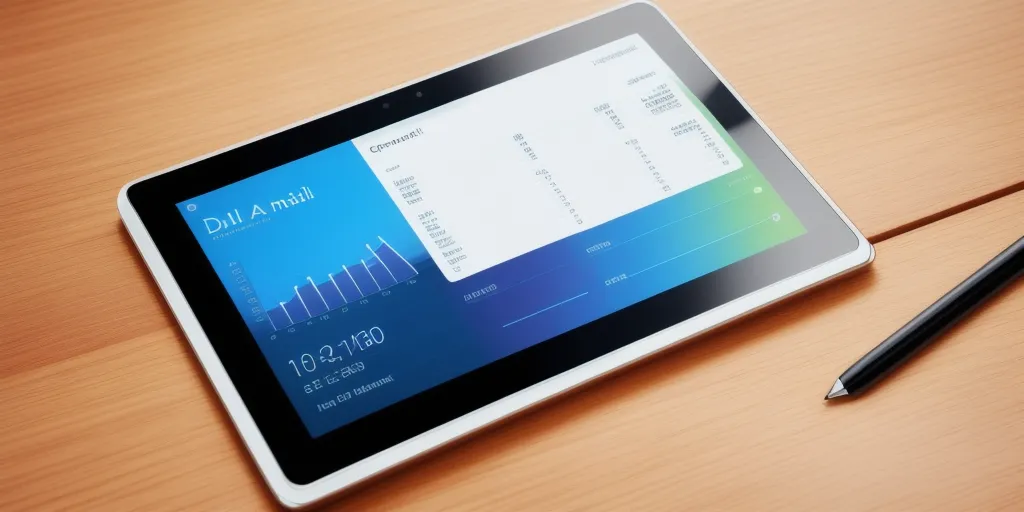Annuity immediate and annuity due are two types of annuities that differ in terms of when the payments are made. Annuity immediate refers to a type of annuity where the payments start immediately after the initial investment is made.
This means that the first payment is made at the end of the first period, which could be monthly, quarterly, or annually, depending on the terms of the annuity. On the other hand, annuity due refers to a type of annuity where the payments start at the beginning of the first period. This means that the first payment is made immediately after the initial investment is made.
In other words, with annuity due, the payments are made in advance, while with annuity immediate, the payments are made in arrears. To distinguish between the two, it is important to carefully read the terms and conditions of the annuity contract.
Look for information on when the payments will start and whether they will be made in advance or in arrears. Additionally, it is crucial to understand the purpose and goals of the annuity. Annuity immediate may be suitable for individuals who need immediate income, while annuity due may be more appropriate for those who want to start receiving payments as soon as possible.
By understanding these key differences and considering personal financial needs, one can effectively distinguish between annuity immediate and annuity due.
What are the key differences between annuity immediate and annuity due?

Annuities are a type of financial product that provide a steady stream of income over a period of time. Annuities can be either immediate or due, and there are key differences between the two. An annuity immediate is a type of annuity that pays out a lump sum of money immediately upon purchase.
This lump sum is then invested and the investor receives regular payments over a period of time. An annuity due, on the other hand, is a type of annuity that requires the investor to make regular payments over a period of time before receiving any payments.
The payments are then invested and the investor receives regular payments over a period of time.
The key difference between annuity immediate and annuity due is the timing of the payments. With an annuity immediate, the investor receives a lump sum of money immediately upon purchase and then receives regular payments over a period of time.
With an annuity due, the investor must make regular payments over a period of time before receiving any payments. Additionally, annuity immediate payments are typically higher than annuity due payments due to the fact that the investor is receiving a lump sum of money immediately.
In conclusion, annuity immediate and annuity due are two different types of annuities that have key differences. Annuity immediate pays out a lump sum of money immediately upon purchase and then the investor receives regular payments over a period of time. Annuity due requires the investor to make regular payments over a period of time before receiving any payments.
Additionally, annuity immediate payments are typically higher than annuity due payments.
How do i know if annuity immediate or annuity due is right for me?

When deciding between an annuity immediate or annuity due, it is important to consider your financial goals and objectives. An annuity immediate is a type of annuity that pays out a fixed amount of money at regular intervals, usually monthly or annually, beginning immediately after the purchase.
An annuity due, on the other hand, pays out the same amount of money at regular intervals, but the payments begin one period after the purchase.
The best way to determine which type of annuity is right for you is to consider your financial goals and objectives.
If you are looking for a steady stream of income that begins immediately, an annuity immediate may be the best option. If you are looking for a steady stream of income that begins one period after the purchase, an annuity due may be the best option. Additionally, you should consider the tax implications of each type of annuity, as well as the fees and expenses associated with each type of annuity.
Ultimately, the decision between an annuity immediate or annuity due should be based on your financial goals and objectives. It is important to consider the tax implications, fees, and expenses associated with each type of annuity before making a decision.
Additionally, it is important to consult with a financial advisor to ensure that you are making the best decision for your financial situation.
What should i look for in an annuity contract to distinguish between the two?

When considering an annuity contract, there are two main types to consider: fixed and variable. To distinguish between the two, there are several key factors to look for.
First, fixed annuities guarantee a fixed rate of return, while variable annuities offer a return that is based on the performance of the underlying investments.
Second, fixed annuities are typically more conservative investments, while variable annuities offer the potential for higher returns but also come with more risk. Third, fixed annuities are typically more expensive than variable annuities due to the guarantee of a fixed rate of return.
Fourth, fixed annuities are typically offered by insurance companies, while variable annuities are offered by investment companies. Fifth, fixed annuities are typically more tax-efficient than variable annuities, as the returns are not subject to capital gains taxes.
Finally, fixed annuities typically have a longer surrender period than variable annuities, meaning that you may be subject to surrender charges if you withdraw your money before the surrender period ends.
By considering these factors, you can easily distinguish between fixed and variable annuities and make an informed decision about which type of annuity is best for your financial goals.
What are the goals and purpose of each annuity type?

An annuity is a financial product that provides a steady stream of income over a period of time. There are several different types of annuities, each with its own goals and purpose. Immediate annuities are designed to provide a guaranteed income for life, while deferred annuities are designed to accumulate funds over time and provide a lump sum payment at a later date.
Variable annuities are designed to provide a higher rate of return than fixed annuities, but with the potential for greater risk. Fixed annuities are designed to provide a guaranteed rate of return over a period of time.
Indexed annuities are designed to provide a rate of return that is linked to a stock market index, such as the S&P 500. Finally, longevity annuities are designed to provide income for life, but only after a certain age.
The goals and purpose of each annuity type vary depending on the individual’s needs and goals.
Immediate annuities provide a sense of security and a guaranteed income stream for individuals who want a stable source of income throughout their lifetime. Deferred annuities, on the other hand, are suitable for individuals who want to accumulate funds over time and receive a lump sum payment at a later date, such as for retirement or a major expense.
Variable annuities offer the potential for higher returns, making them attractive to individuals who are willing to take on more risk in exchange for the possibility of greater rewards. Fixed annuities provide a guaranteed rate.



















